Vallmoll: The watchtower between rivers
Be sure not to miss: the Castle and the museum project; the hermitage of Mare de Déu del Roser, the work of the architect Josep M. Jujol, and its Renaissance altarpiece, unique in the region; and the church of Santa Maria, with the carpentry by the parish priest of the town.
Vallmoll is “the town under an immense castle”. This majestic building, proof of the importance of the municipality in medieval times, has kept its perimeter enclosure and part of the towers that flanked it. The castle is in the process of restoration, but there are some finished rooms where you can see objects from different periods and in various styles, in addition to the planned museum project. You can visit it by appointment at the Town Hall.
The hermitage of Mare de Déu del Roser is a 16th century building and houses a Renaissance altarpiece by the French painter Jean Bas from 1580. The hermitage was restored in the 20th century by Josep M. Jujol. Visit it and look for the characteristic components of this modernist architect: the roses, the drawings, the words to the Virgin Mary. The environment has recently been developed and a very pleasant area has been created. The intention of this initiative was for Vallmoll to pay tribute to the architect Jujol, to whom a landscaped plaza is dedicated, with a mural inspired by his extensive work; this was carried out by the Valladolid painter, Ramon Ferré Montserrat. Residents can go for a walk or play sport here.
The parish church of Santa Maria is in the baroque and neoclassical style, with a remarkable wooden sculptural ensemble made by the rector of the town, Father Torrell, who is also the author of Christ in the cemetery chapel. It also formerly contained the famous Vallmoll altarpiece, the work of Jaume Huguet, created around 1450, one of the first works by the Valls artist. Only three sections remain from the altarpiece: the central section, which is in the Catalunya National Art Museum, while that of the Annunciation is in the Tarragona Diocesan Museum.
Notícies relacionades
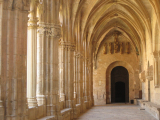





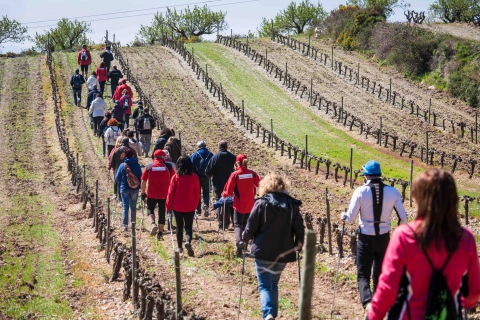


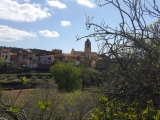

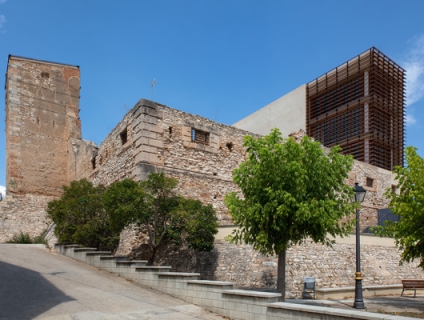
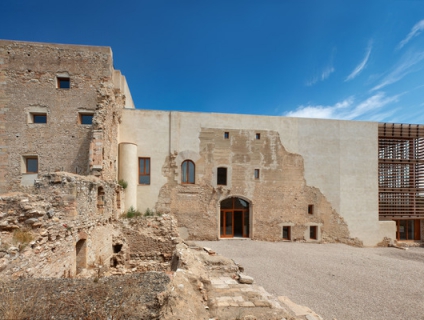
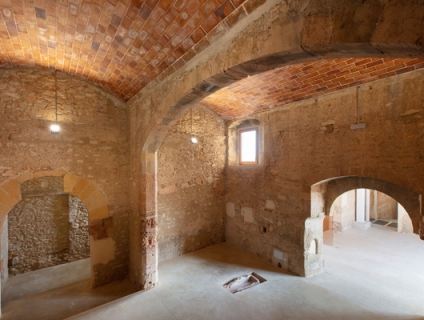
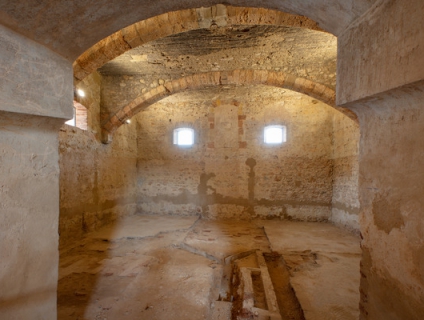
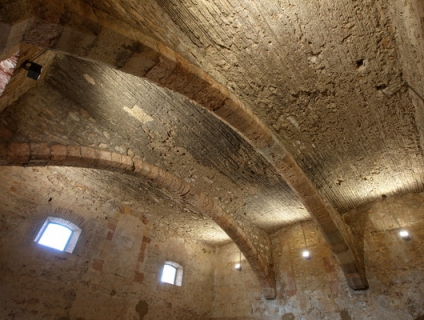
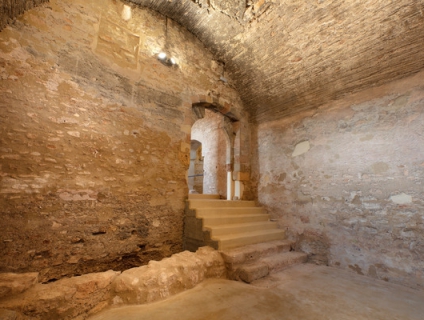
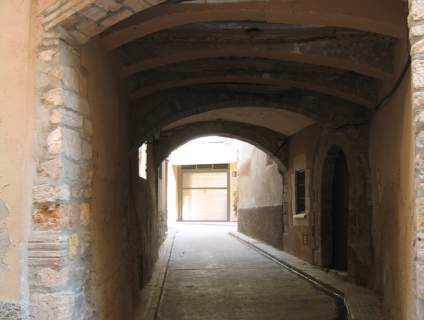
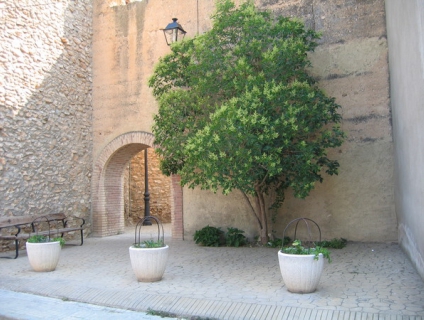
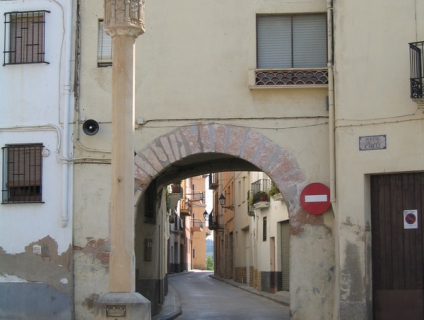
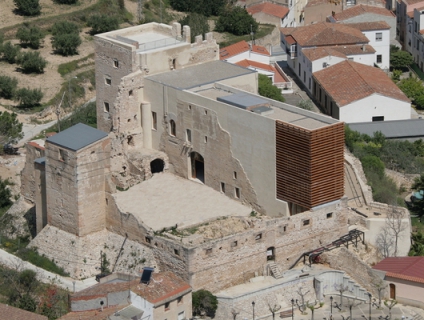
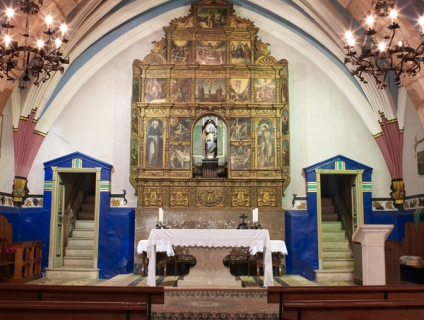

















 Entorn Web · Àrea de Coneixement i Qualitat
Entorn Web · Àrea de Coneixement i Qualitat Oficina de Gestió de Turisme de l’Alt Camp
Oficina de Gestió de Turisme de l’Alt Camp






 turismealtcamp
turismealtcamp turismealtcamp
turismealtcamp turismealtcamp
turismealtcamp